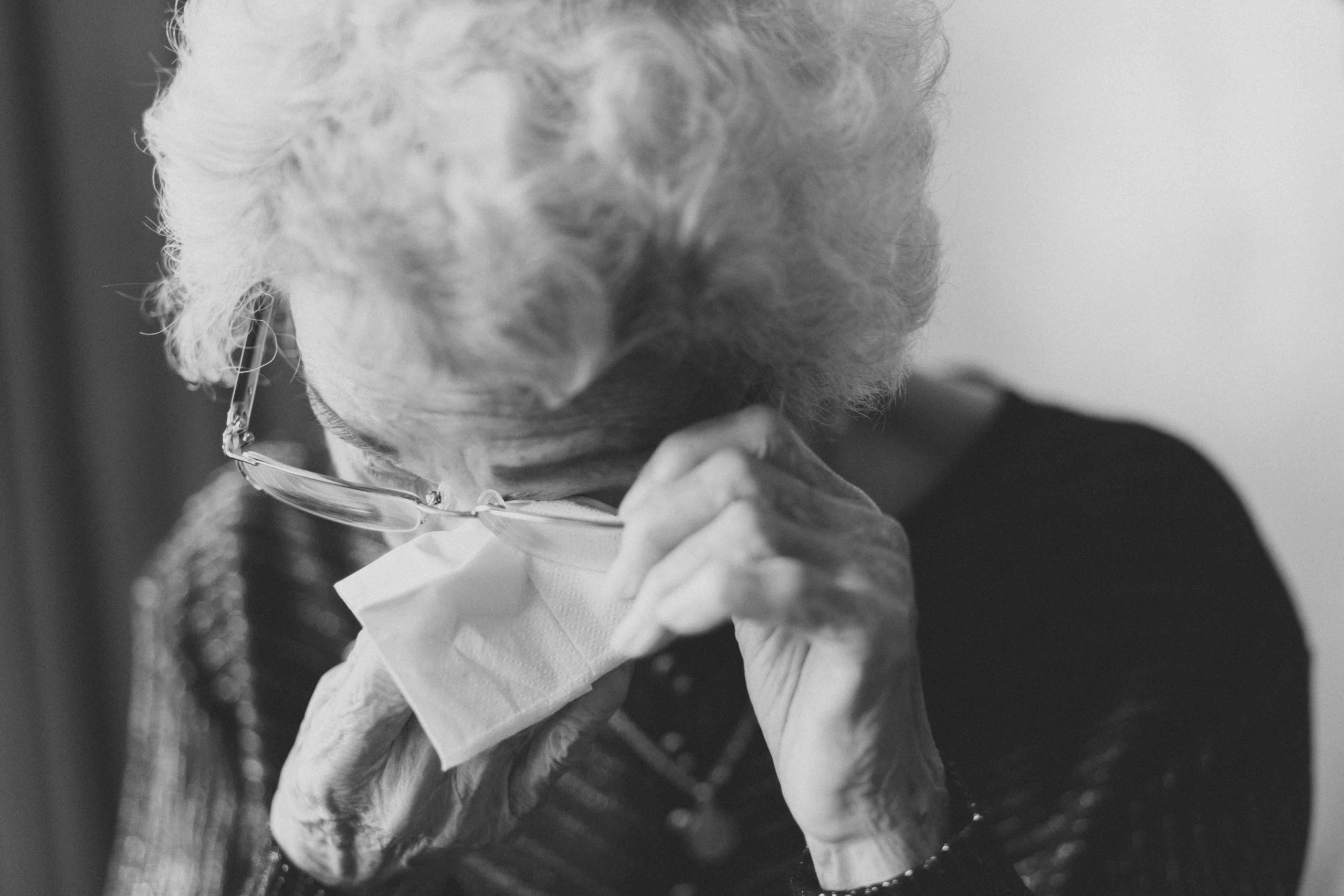Let’s get real for a second: caregiving is hard. Some days, it’s like you’re running on autopilot, just trying to make it through. But what if I told you there’s a way to approach your day with a little more clarity and calm? Enter: intention setting. Think of it as your secret weapon for aligning your actions with your values—without adding more to your already overflowing plate.
What Are Intentions, Anyway?
Intentions are like those little Post-It notes you stick on your brain to remind yourself of who you want to be and how you want to feel. Unlike goals (which can feel all “pass or fail”), intentions are more like gentle guides. They’re about progress, not perfection. Think of them as a compass pointing you toward your best self, even when the caregiving road gets bumpy.
Why Caregivers Need Intentions
When you’re in the thick of caregiving, it’s easy to lose sight of what really matters to you. You might find yourself stuck in a hamster wheel, just trying to survive the day. Setting intentions helps you pause, breathe, and ask, “Am I living in a way that feels true to me? Am I showing up the way I want to—for myself and for others?”
Intentions also help you focus on what’s truly important and let go of the stuff that’s just noise. (Spoiler: a lot of it is noise.)

How to Start Setting Intentions
Here’s a simple, three-step process to get you started:

- Reflect on Your Values.
Take a moment to think about what’s important to you. What do you care about most? Compassion? Patience? Joy? Write them down—yes, write them down. When you’re stressed, your brain tends to misplace these important nuggets of wisdom, so putting them on paper helps them stick.
- Set Your Intention.
Once you’ve got your values, craft a simple intention that aligns with them. For example, “I intend to approach caregiving with patience” or “I intend to focus on what I can control.” Keep it straightforward. You’re not writing a novel here.


- Reconnect with Your Intention Daily.
Intentions are like houseplants—they thrive with regular attention. Put reminders where you’ll see them: sticky notes on the mirror, a quick note on your phone, or even a doodle on your fridge. These little prompts help you stay anchored, especially on those tough days.
Using Intentions for Self-Care
Here’s where it gets good: when you pair intentions with self-care, you’re not just going through the motions—you’re making every moment count.
Let’s say you’re taking a hot shower to decompress. Instead of letting your mind spiral with to-dos, set an intention: “I’m using this shower to wash away today’s stress and clear my head.” Then, while you’re in there, focus on the warmth of the water, the sound it makes, the way it feels on your skin. If your mind starts to wander, gently remind yourself: “This shower is rinsing away what I don’t need.”
By staying present, you turn a simple shower into a mini retreat for your mind and body.
Why It Works
When you set intentions, you’re not just checking a self-care box; you’re actively connecting with what you need in the moment. It transforms self-care from a “should” into a “want.” It’s mindful, it’s purposeful, and—best of all—it actually works.
Final Thoughts
Caregiving doesn’t have to mean losing yourself in the process. With intention setting, you can show up for others while staying true to yourself. It’s about living with purpose, even when life gets messy. So, grab a notebook, jot down your intentions, and let them guide you toward a calmer, more centered you.
You’ve got this. And when in doubt? Just remember: it’s not about perfection. It’s about progress. 🌟
Recent Comments